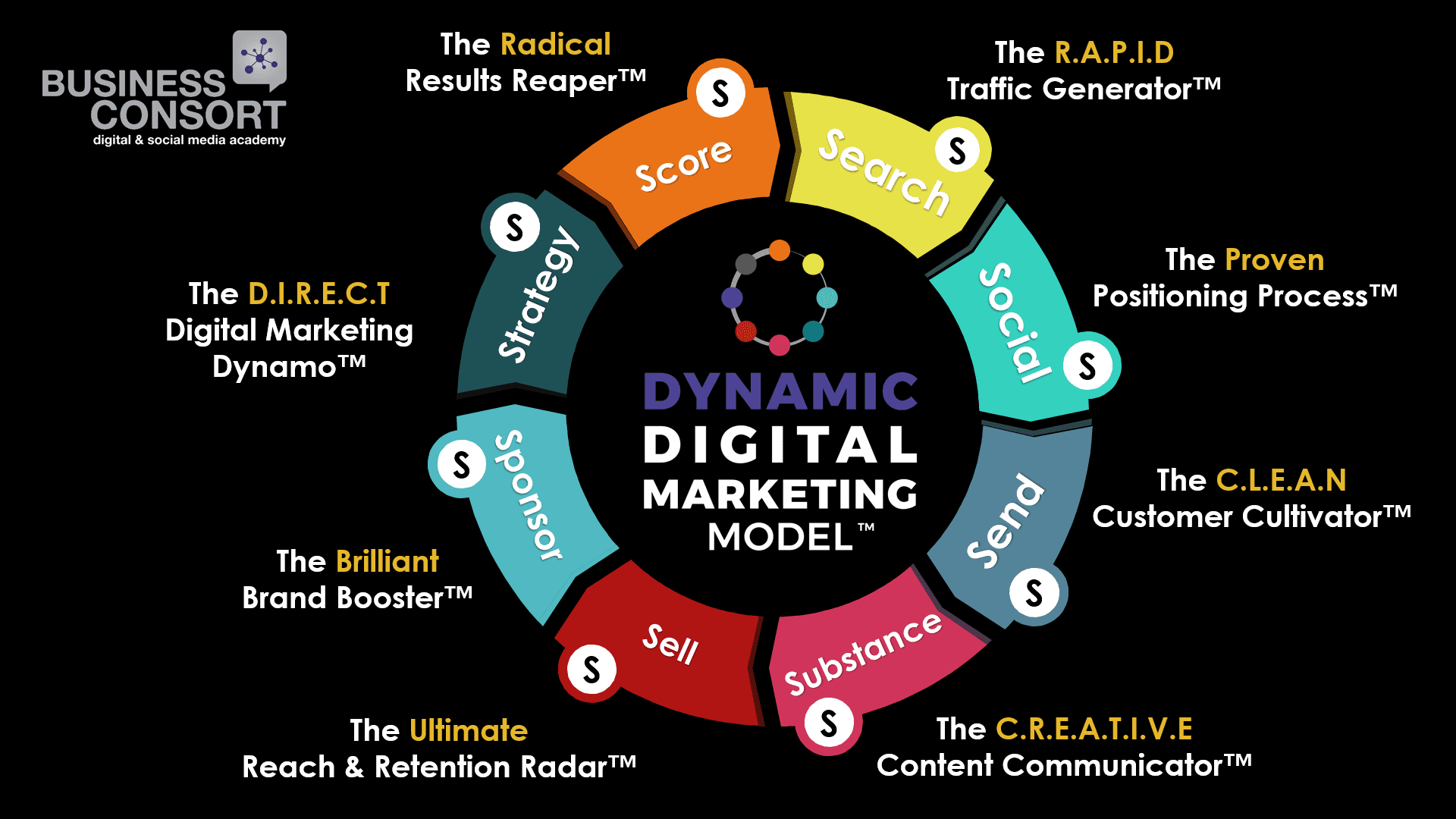The marketing funnel can be described as an image of the process of customers who come information about your products to making a purchase. It’s one of the most efficient tools to assist you in gathering insights, detect bottlenecks and remove these.
Traditional marketing funnels break in four parts including awareness, interest as well as consideration, action and. These stages are modeled after the popular AIDA structure, however, they have been modified to reflect current patterns of behavior among consumers and the rise of digital.
Awareness
Awareness is a crucial element of the funnel to market and is the very first step that your target audience is likely to take in becoming customers or clients. It is the time to tell them about what it is that you are and who are.
This phase is a good one to approach in a variety of methods. The best strategy to use for this phase is to present information about your brand that is relevant and informative but also entertaining and stimulating. This is possible through social media and blog content, or even webinars.
Another method of getting information about your brand is via direct mail. marketing funnel Postcards can be sent as well as fun and unique stickers and handwritten notes with your logo to promote your business and your products.
Also, utilize social media in order to connect with potential clients and customers, as well as encourage them to talk about your company or products with their friends and family. This will help build the community of customers who are actively involved with your brand, which will eventually lead to them becoming supporters of your brand.
Marketing funnels are ever-changing, which is why it’s crucial to keep an eye on and examine it to discover whether you’re making modifications that improve the overall experience of your customers. This is a process that requires both quantitative and qualitative data. Therefore, you must begin monitoring these indicators to determine whether you’re gaining leads or converts in the proper ways.
The success of your business depends upon your ability to ensure that your customers are satisfied in providing them with the services or products that they want. The way to gauge this is through the scores of your customers’ satisfaction, turnover rates, revenue recurring and the number of active customers.
These are not quantitative data however you must track the visitor’s involvement with each piece of material. To determine the CTAs have the greatest success in making conversions happen, it is possible to track the number of blog posts that include these. This will give you the ability to determine which articles are the best at getting prospective customers to the next phase on your channel.
Interest
This is the perfect moment to highlight the product’s possibilities. The clients begin to assess the offerings you have to offer and makes an assessment of whether they’d like to purchase. They’re looking for solutions that meet their needs in a unique way which is why your product could provide the ideal solution.
In this stage, it is essential to think outside the box in your content, and make them believe that your product will be worth their time and money. A properly designed landing page could showcase your most appealing highlights. Consider a FAQ or live chat to help them answer any questions they may have before they decide to purchase your product.
The interest phase is the moment to shine and If you’re able to afford it for it, multi-channel marketing is the best option. Social media and newsletters are great ways to involve users again. The goal is to encourage them to be a potential lead. Monitor your customers’ progress and ensure they’re pleased throughout the journey. A CRM and an analytics platforms such as Ortto will allow you to see a more complete picture of your clients and their habits, which will help you develop the most relevant promotional materials.
Take into consideration
The process of decision-making is when customers evaluate your product and make a decision about whether or not it is a fit. It could take weeks or even months for customers to make a purchase decision and it’s crucial to assist them in this phase with relevant content and details.
These are also a good way for companies to create the brand’s reputation. This can be done by providing content relevant to their target audience, for instance giving demos or free trials.
As they progress through this phase, brands can also nurture leads with messages, more specific materials, case studies and much more. These efforts can be used to educate potential customers and help them understand how the brand is able to address their problems.
Additionally, you can increase conversion rates by asking existing customers to tell their friends about their experience. It’s the ideal option to improve repeat sales and can lead to a higher average order value (AOV).
An effective marketing strategy is vital to your business’s growth. You must, however, adapt your strategy. With the changing world of digital and people become more sophisticated, you might discover that your strategy for marketing also requires changes.
Create more effective campaigns that guide potential buyers through the buying process, from the awareness stage to advocacy. To achieve this, create campaigns that target each customer based on their prior activities.
If someone already knows your brand well, they might follow your account on social media or sign up for an email mailing list. Also, they might listen to podcasts. Through mapping these interactions, you can identify which stage of the funnel they’re in and then target the right audience with content that matches their mood.
For additional tips to develop your funnel, take a look at our blog post How to Determine the Marketing Funnel you are using. In this post, we’ll examine different forms of the funnel for marketing and how you can implement them effectively. The course will give you ideas to help you create an effective strategy to increase sales and conversion rates.
Conversion
Conversion funnels help you visualize your customers’ entire journey. Conversion funnels are a great way to determine why some visitors make more conversions than others.
A conversion funnel could be a great tool to use for tracking and optimizing your internet marketing campaigns. By analyzing the effectiveness of your marketing funnel you’ll be able to enhance your overall experience for visitors and increase sales.
Marketing funnels are a continuous endeavor. It’s crucial to constantly improve your strategy in order to keep up with the evolving needs and desires of your intended audience. This way, you can retain your prospects interested in your company and convince them to make purchases.
It is an important stage in the journey of a customer since it assists in building trust with your clients. This helps you build relationships with prospective customers, so they will be more likely to purchase from you in future.
When you are at this stage it is your job to attract customers to your business or products via advertising, as well as other methods of marketing. It could include postings on social media, blog article, and various other online methods.
Sometimes it’s possible to employ offline marketing tactics to reach prospective customers. This can be a great option when your audience is within a specific region or has a specific group of people.
If, for instance, you’re an food blogger that sells cookbooks, you may use your blog to draw potential buyers looking for recipes. Then, you can use your email newsletter , or other methods to draw potential customers and convince them to buy.
Every single conversion can be an opportunity to make money. High conversion rates mean that you’re bringing more people to your site than you cost. That means that your customers will spend longer browsing through the pages, and they spend more time there.
You can monitor the rate of conversion for each step of the marketing funnel you are using by reviewing the data in your Google Analytics reports. This data is used to determine if your funnel is successful.
The Marketing Funnel – How to Visualize the Journey of Your Customers

